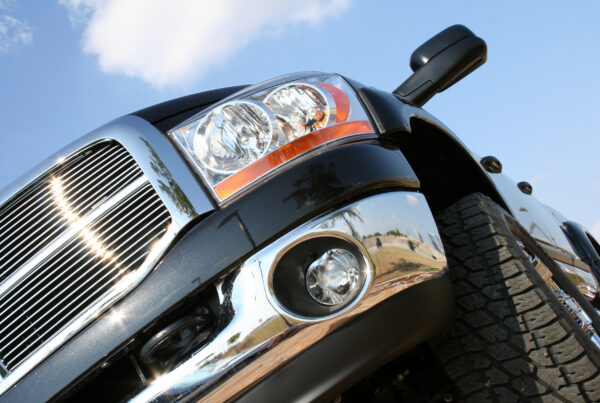The automotive industry-led voluntary CO2 Emissions Standard has been reported for the first time, setting a benchmark for future improvement and showing that the industry is making progress towards its 2030 targets.
The industry has set two targets – MA Category (Passenger Cars and Light SUVs) and MC+NA Category (Heavy SUVs and Light Commercial Vehicles) based on annual new vehicle sales.
The MA outcome for 2020 was 150 gCO2/km (grams of CO2 for every kilometre travelled) and the MC+NA outcome for 2020 was 218 gCO2/km. The outcomes are against a target of 154 g CO2/km for MA and 197 g CO2/km for MC+NA.
In the period ahead to 2030, the industry is targeting an annual 4.0% reduction for MA and 3.0% annual reduction for MC+NA. It is estimated that MA vehicles will, on average, have CO2 emissions under 100 gCO2/km and MC+NA vehicles under 145 gCO2/km by 2030.
The Federal Chamber of Automotive Industries Chief Executive Tony Weber said that the first report was a significant step for the automotive sector in tracking its rate of supporting emissions reduction.
“The global automotive industry is focusing its R&D programs on the challenging task of improving CO2 outcomes for the benefit of the environment and society and new, low-emission vehicles are regularly brought to market to meet increasing consumer demand across the world.
“The introduction of these new low-emission vehicles is also driven by challenging emissions targets introduced in many countries. These targets play a major role in shaping the purchasing behaviour of customers and attracting the most advanced vehicle products into market.
Commenting on the specific results, Mr Weber said the industry now had an image of where it currently sits and the pathway to achieving the 2030 targets.
“It is important to acknowledge that today’s release marks the start of this journey to 2030. It will be a long, challenging road and each of the companies supplying vehicles into the Australian market will move ahead in ways that meet their own specific product development and launch programs,” Mr Weber said.
“The sector performed slightly ahead of expectations in the passenger car and light SUV segment, however, was behind the voluntary target set for heavy SUVs and light commercial vehicles,” Mr Weber said.
“There is no doubting the commitment and direction of FCAI member companies to lowering emissions with the increasing availability and acceptance of zero and low emission vehicles – from full electric through to hybrid and fuel-efficient internal combustion engines.”
Mr Weber also pointed towards three major challenges for the automotive industry moving forward.
- First, the CO2 results for 2020 reflect the type of vehicles Australians are choosing to drive, with sales of SUVs and light commercial vehicles regularly now more than 50 per cent of new vehicle sales every month. The fuel efficiency of these larger vehicles is improving with each new model release, however, the nature of the market and customer preferences need to be considered when comparing Australia’s emissions result with other countries.
- Second, the model development cycle for new vehicles can range from 5-10 years depending on the type of vehicle so the emissions reduction will continue to improve as the latest technologies arrive on our shores. Any expectation that emissions will decline rapidly over one or two years is unrealistic. We are at the very start of this journey and the industry will push hard on the rate of CO2 reduction.
- Finally, Australia’s fuel is among the lowest quality in the world. We urge the Federal Government to accelerate the improvement of Fuel Quality Standards for Australia’s market fuels as this will enable the introduction of more of the fuel-efficient vehicle technologies already on the roads overseas.




















